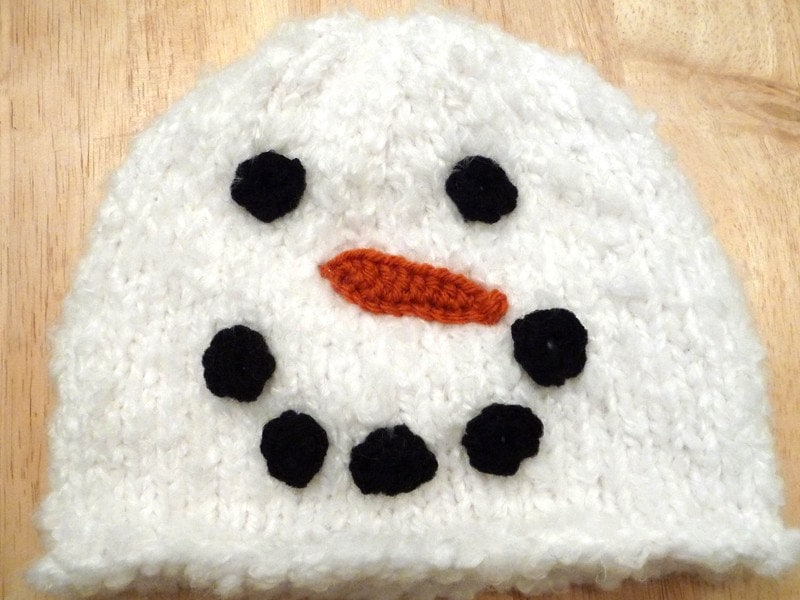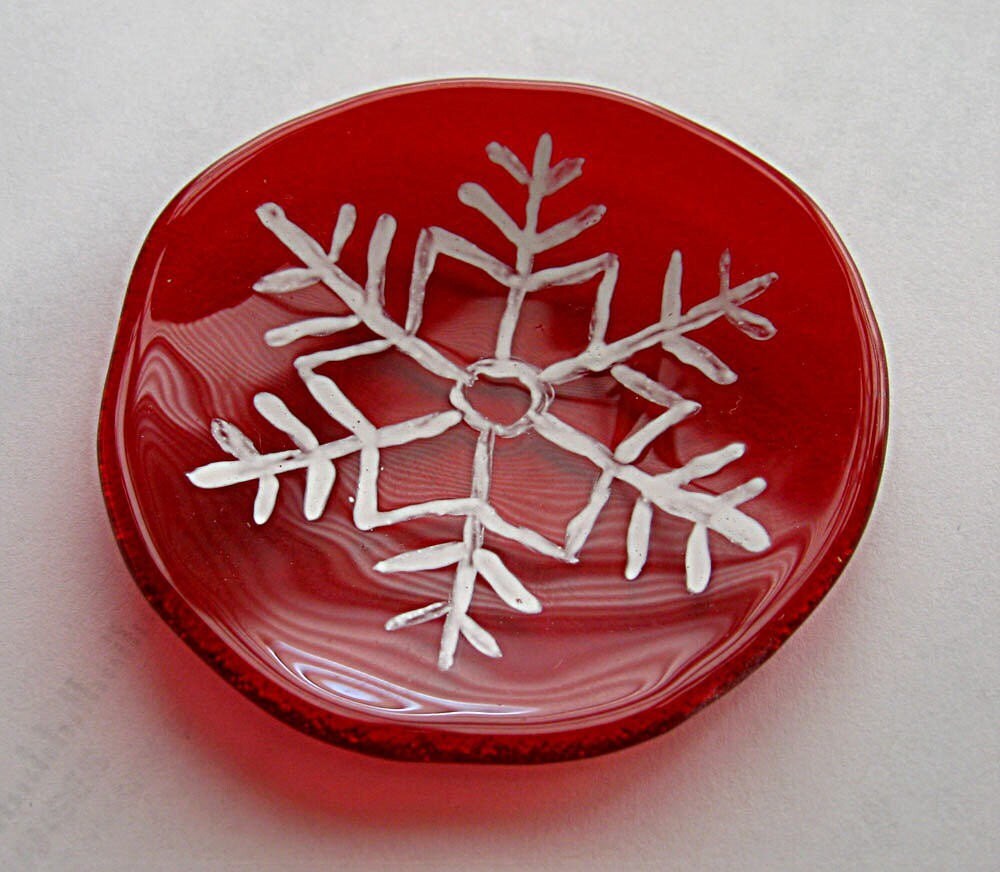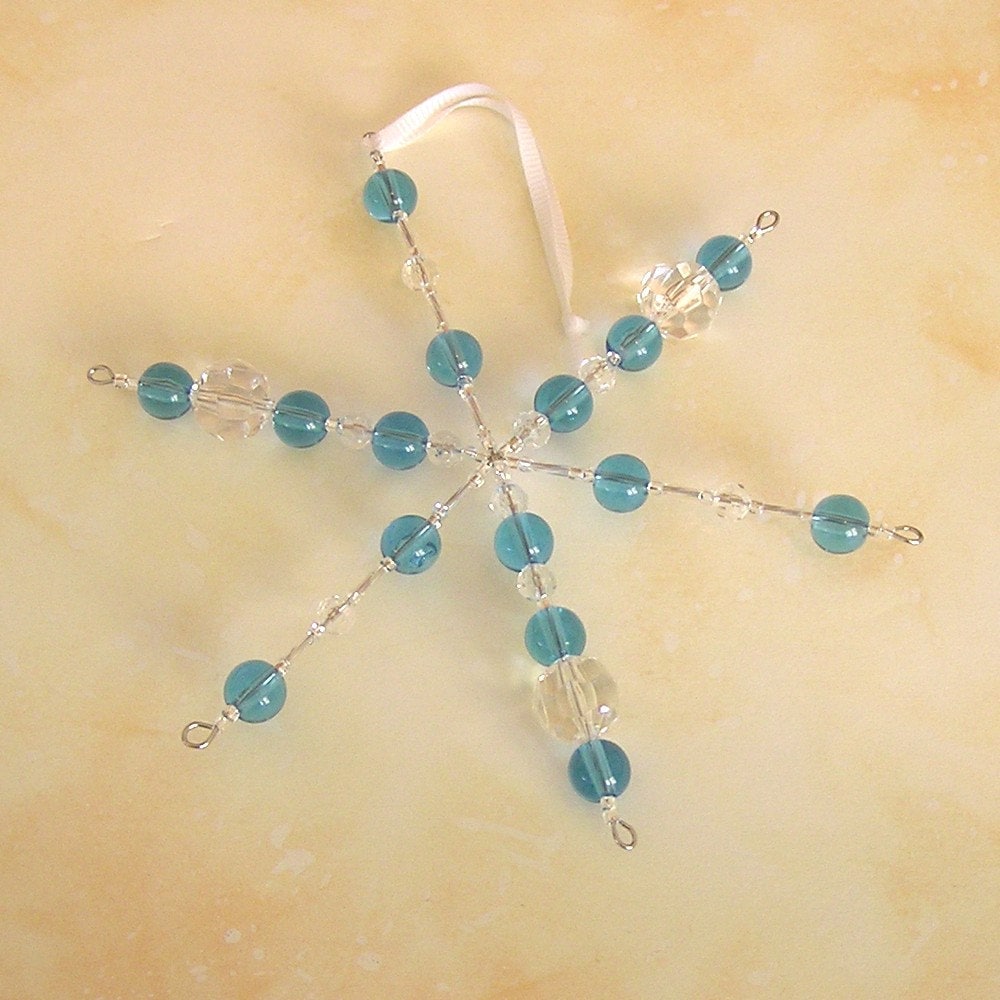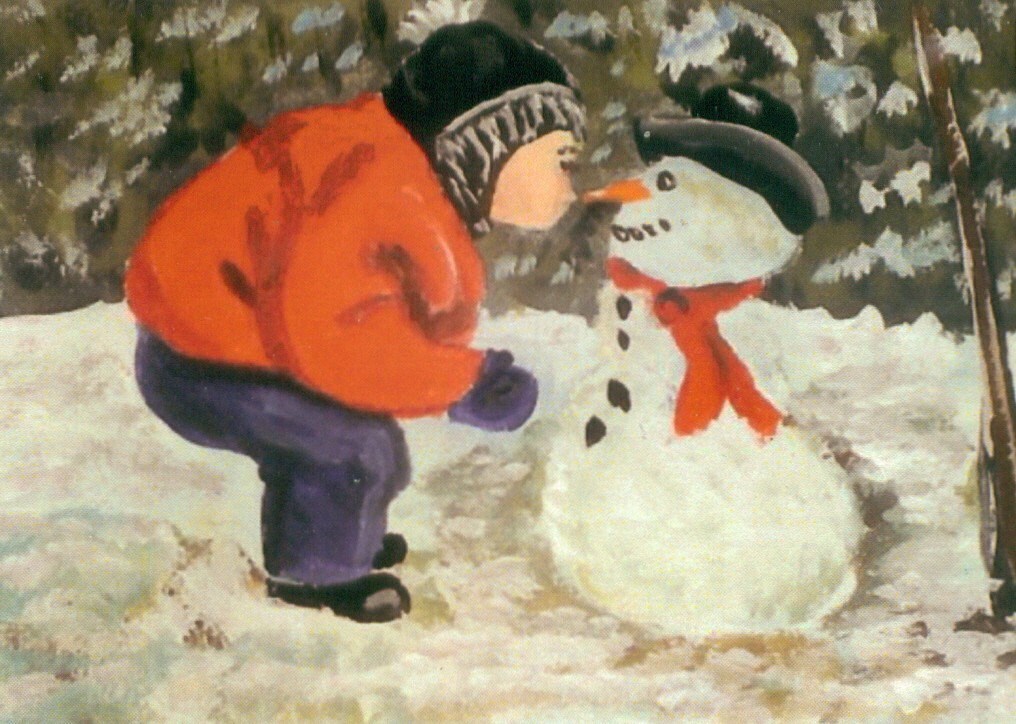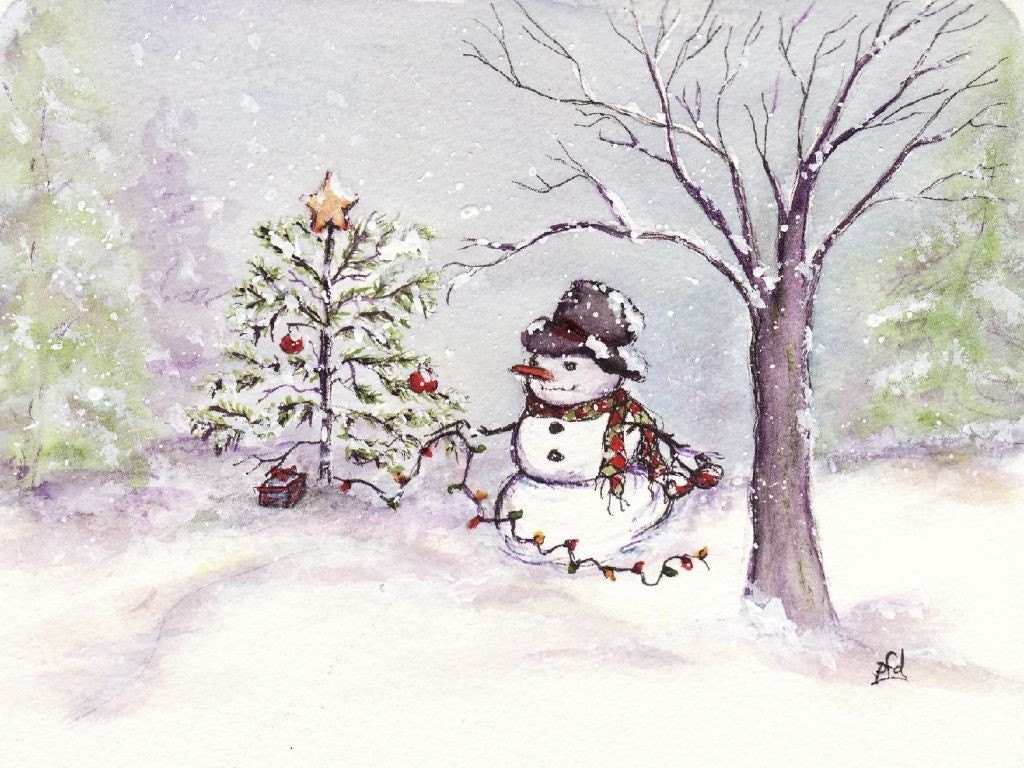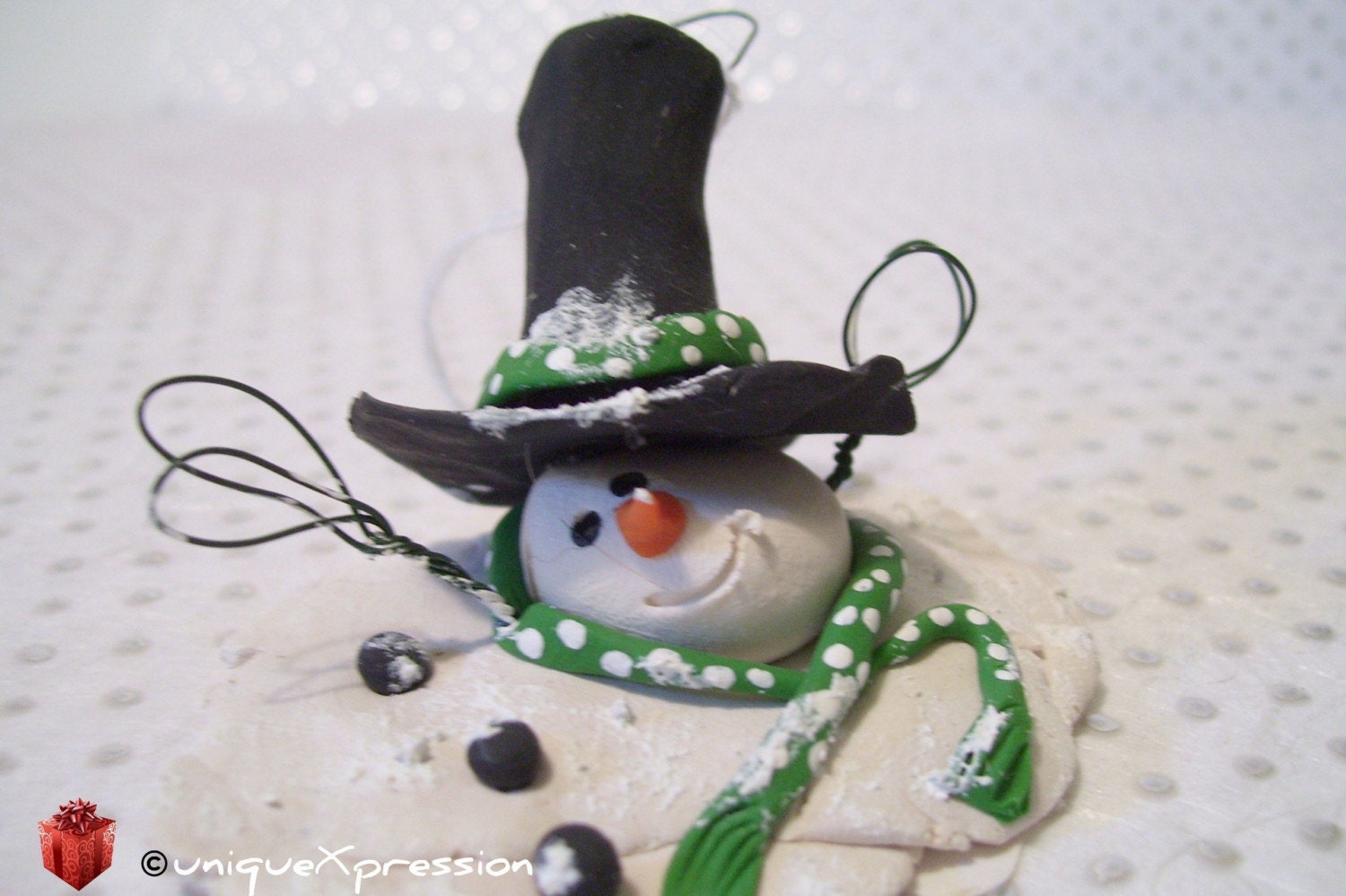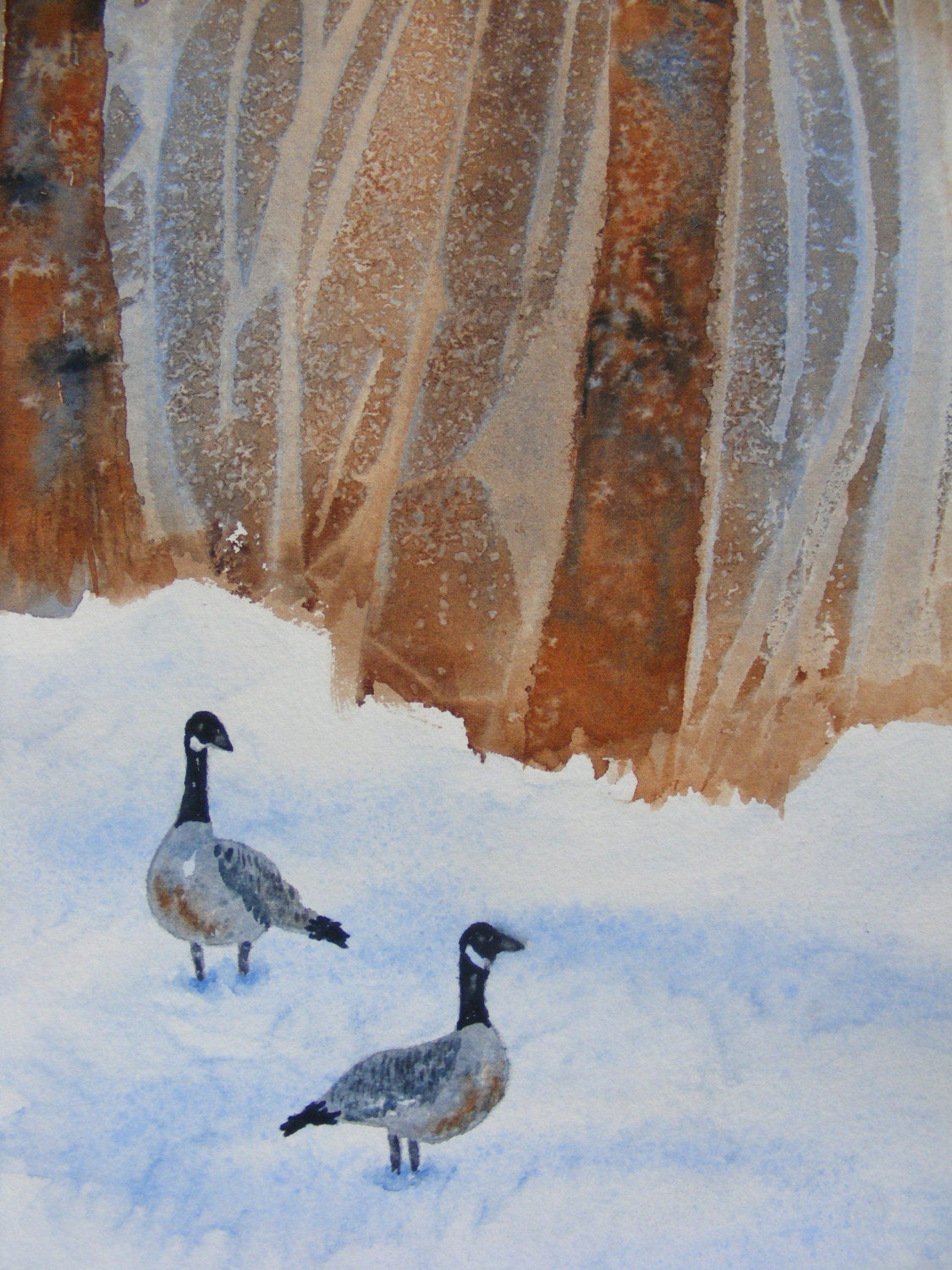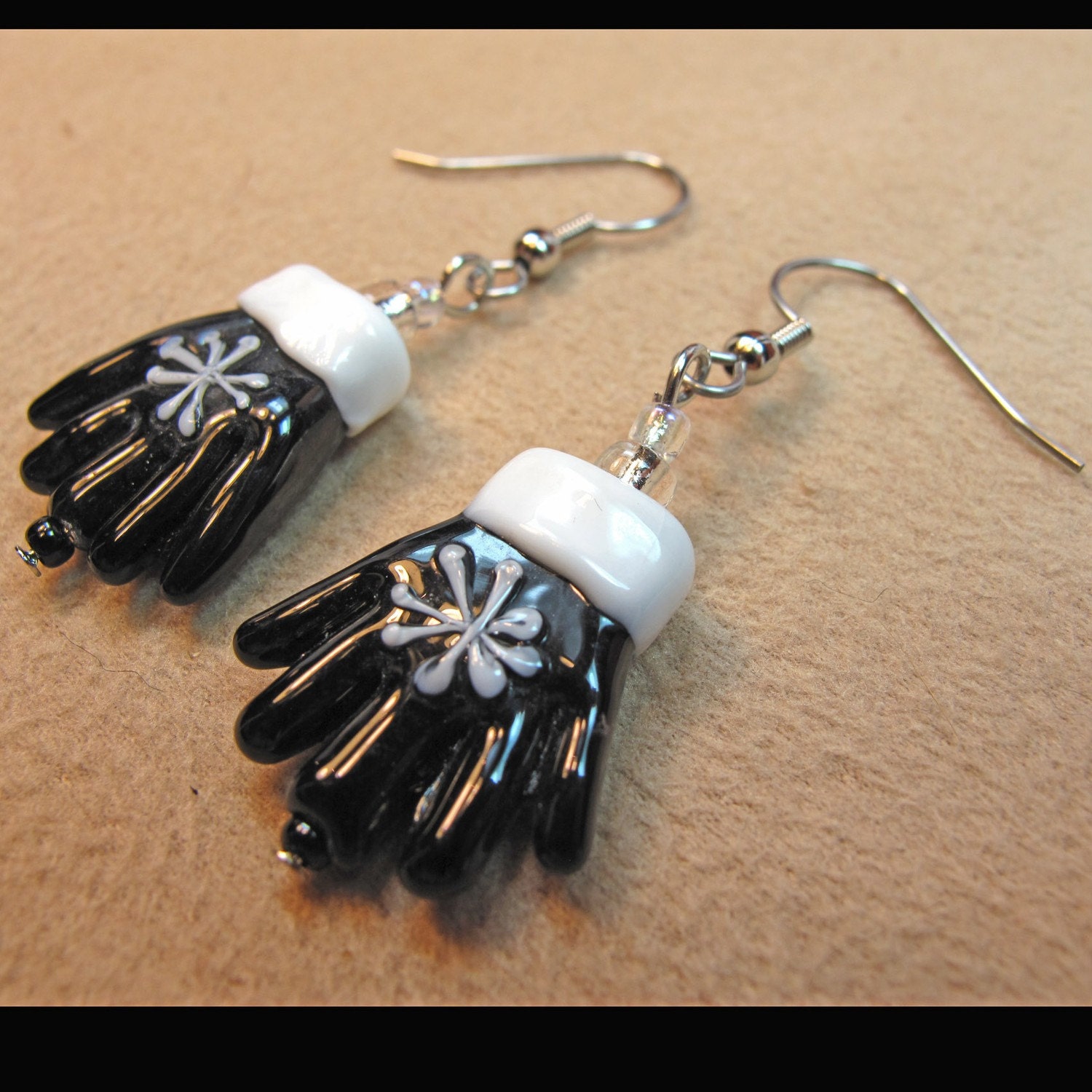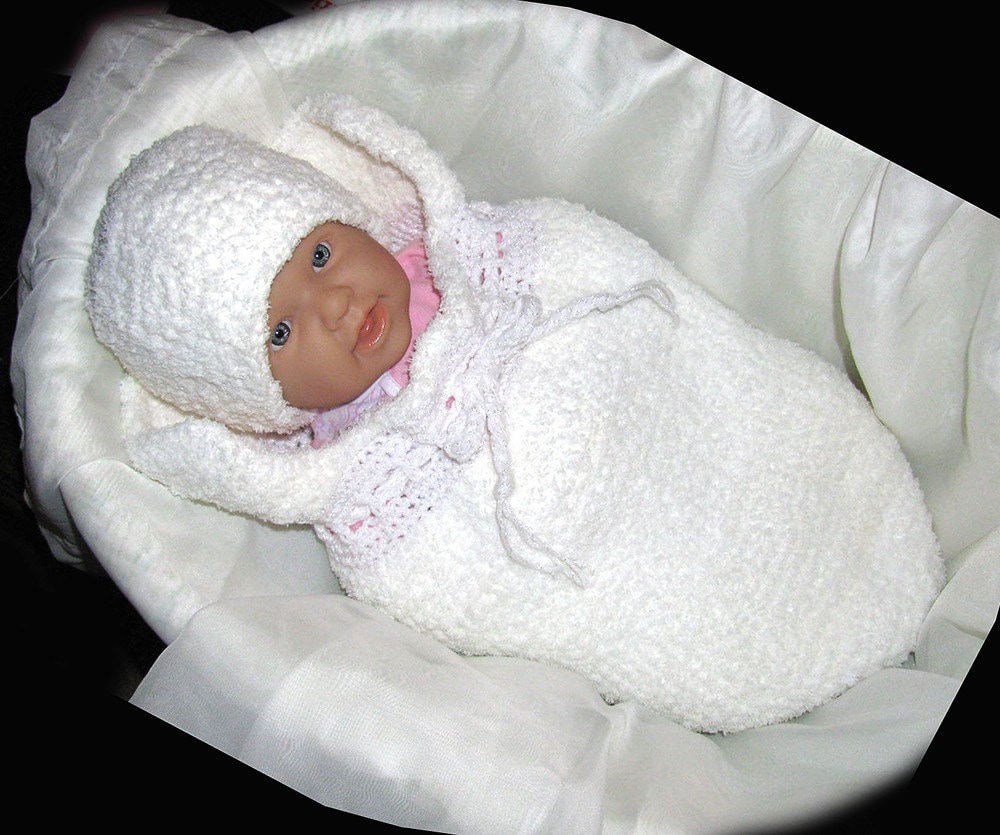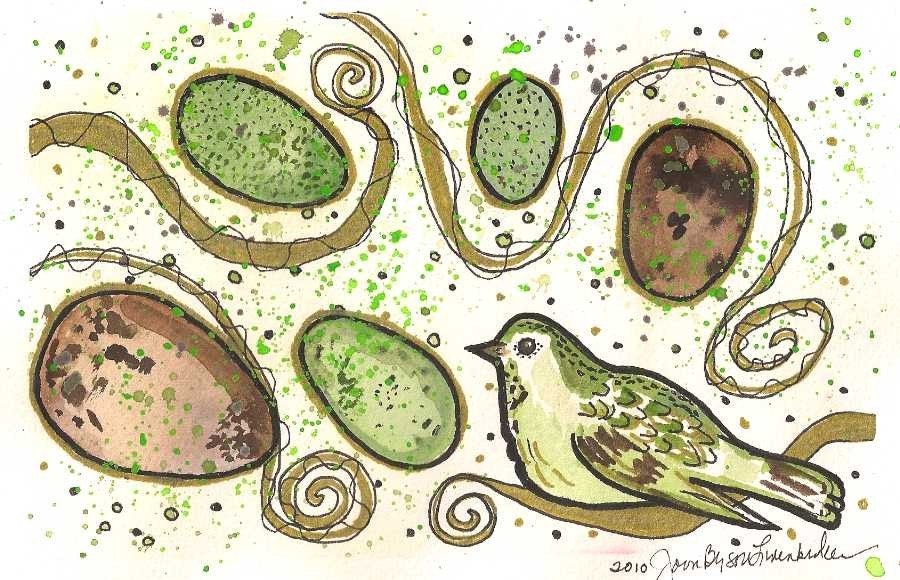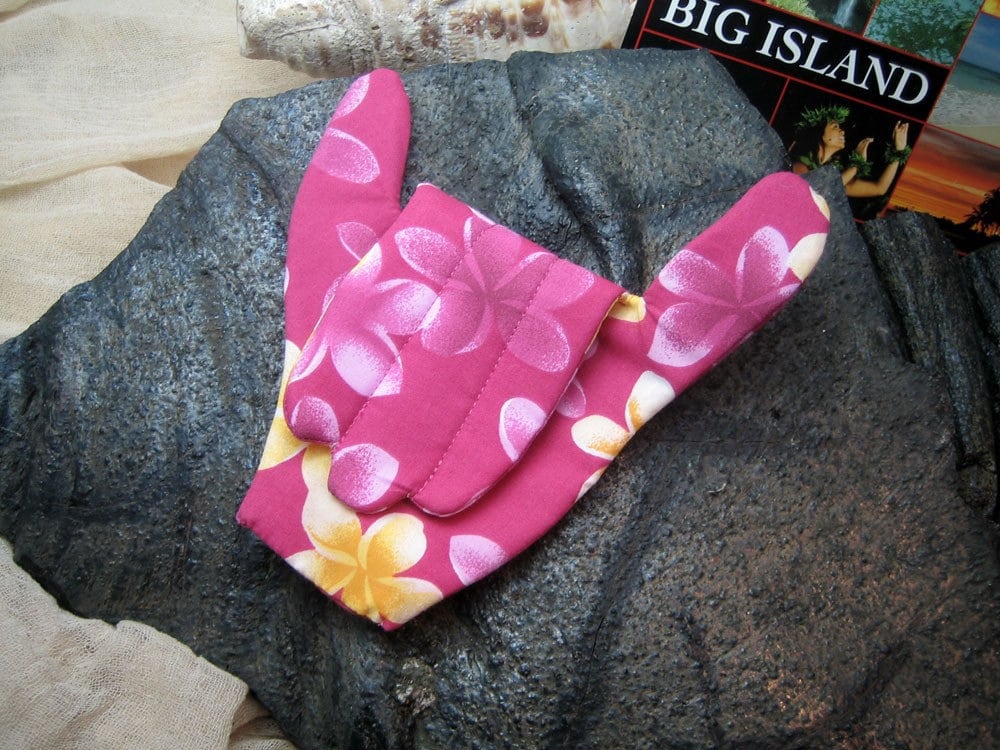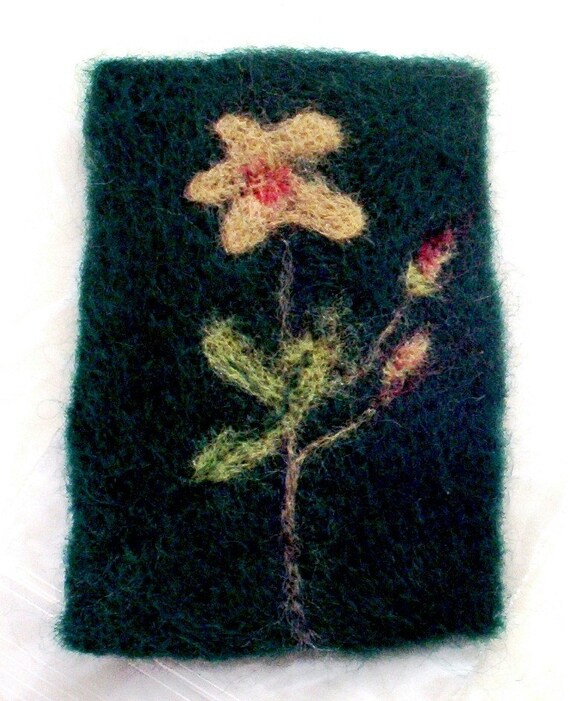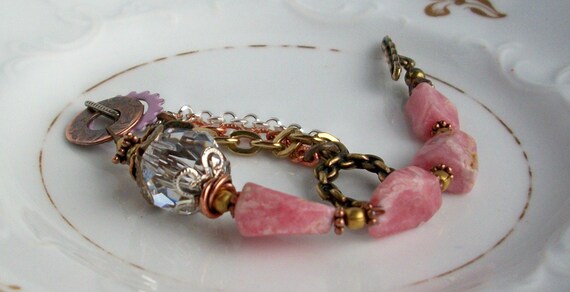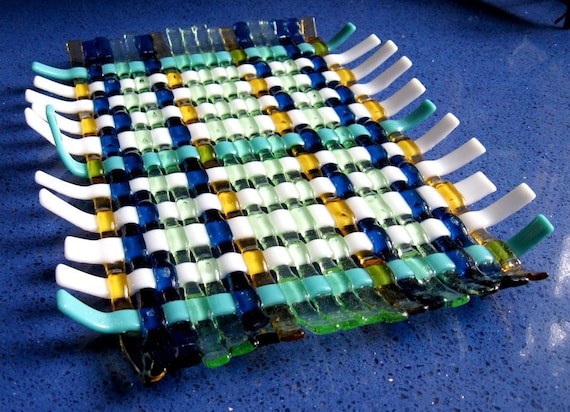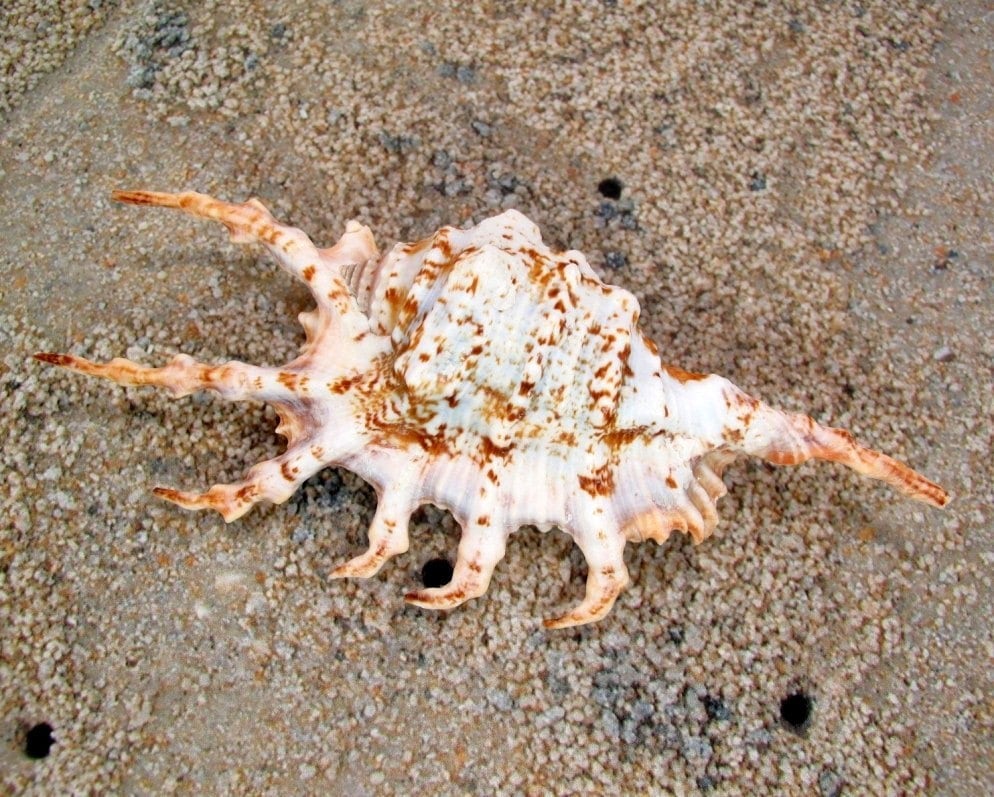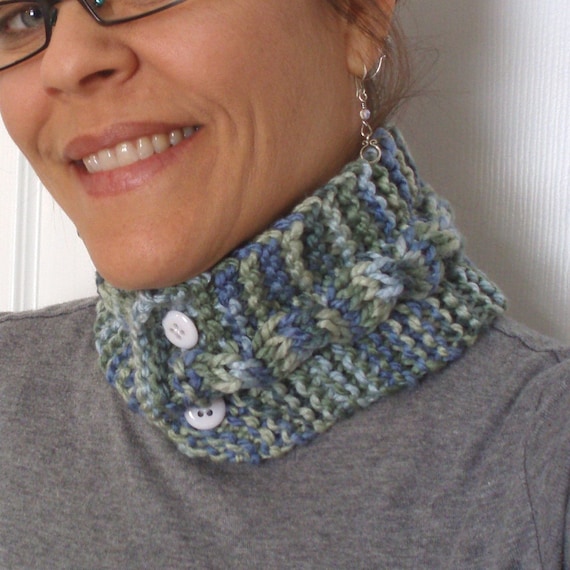If you live anywhere in the northern half of the United States, or in many parts of Europe and the United Kingdom, you may be quite tired of hearing the word "snow" by now. It's only the end of December and the winter precipitation level has already been overwhelming in these areas. Trying to look on the bright side, keep in mind that spring officially begins in only a little over two-and-a-half months. And I've already started to receive seed catalogs from the garden supply companies, so warm weather can't be too far away. Too optimistic, you say? We have still got to endure January and February's cold blasts of arctic air and blizzards of the frozen, wet stuff falling from above. Well put down your shovel and have a cup of hot cocoa while we take a look at the fun side of snow (yes, there really IS a fun side!).
That first white coating of snow is lovely, especially when the frosty landscape twinkles magically in the sun at the end of a storm. Snowflakes are made of single or multiple ice crystals: water molecules frozen in a hexagonal lattice configuration. "The six-fold symmetry of snow crystals ultimately derives from the six-fold symmetry of the ice crystal lattice." (http://www.its.caltech.edu/~atomic/snowcrystals/primer/primer.htm) The patterns seen in snow crystals form as water vapor in the clouds condenses into ice. These patterns start out as small, hexagonal prisms, but they branch out into more complicated shapes as they grow. The basic categories of snow crystal shapes are columns, needles, plates, dendrites, columns with plates, and irregular. For a glimpse into the beauty and varied shapes of snow crystals, visit A Guide to Snowflakes at http://www.its.caltech.edu/~atomic/snowcrystals/class/class.htm.
The way a crow
Shook down on me
The dust of snow
From a hemlock tree
Has given my heart
A change of mood
And saved some part
Of a day I had rued. Enjoy the beauty of the snow crystals! Little Winter Tree Original Watercolor ACEO by Colours and Textures 
